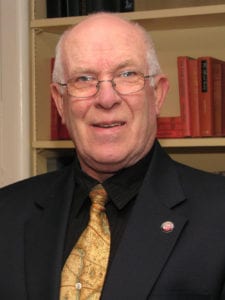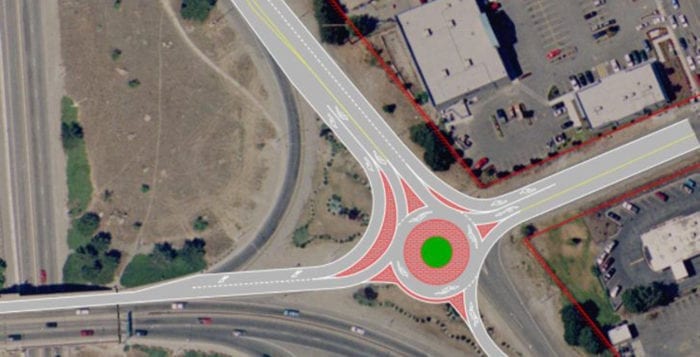By Beverly C. Tyler
Getting around on Long Island is frustrating, aggravating and often scary. Cars, buses, bikes, motorcycles and pedestrians share the roadways. Trains, crowded at peak times, move us mostly east and west, and our airplanes sometimes take us where we don’t want to go to get us where we want to be.
There are, of course, no easy answers to approaching gridlock but it’s coming. We can observe it every day as we see more and more stop signs and traffic lights; crowded trains and antiquated bus systems; airport delays and cancellations. Yet, as I have traveled around the world to diverse places such as San Francisco and Hilton Head; London, Derby and Matlock, England; Auckland and Wellington, New Zealand; and Sydney and Melbourne, Australia; I have seen wonderfully imaginative ideas that have changed the way I think about transportation.
Route 25A between Stony Brook Road and Gnarled Hollow Road in East Setauket has 10 traffic lights, most of them unnecessary, some of them difficult or dangerous. In addition, there are a number of intersections without traffic lights that require a bit of care when pulling out into traffic. The most dangerous of these is probably the intersection of Route 25A and Stony Brook Road. Traffic coming down the hill from Flowerfield cannot see traffic exiting Stony Brook Road and vice versa. It would be unfortunate to see a traffic light at Stony Brook Road, but what would be a better solution? What we need is a new paradigm; a new way to look at traffic.

One of the government organizations that has looked at traffic solutions in a new way is the Washington State Department of Transportation. Their website includes a number of traffic safety improvements and traffic calming measures including speed humps, speed tables, raised intersections, closures, neighborhood traffic circles, chicanes, chokers and center island narrowing. All of these solutions are designed to slow traffic at certain points while making travel safer for cars, bikes and pedestrians. Yet at the same time, these measures increase the flow and decrease the time en route. It sounds too simple, but when implemented, these measures provide a significant reduction in delays along the route.
One of WSDOT’s improvement measures is the roundabout, which has a proven safety record as detailed by the Insurance Institute for Highway Safety and the Federal Highway Administration. Their studies report “a 37 percent reduction in overall collisions, a 75 percent reduction in injury collisions, a 90 percent reduction in fatality collisions, [and] a 40 percent reduction in pedestrian collisions.”
Significantly, the WSDOT didn’t just talk about roundabouts they put the concept into practice. One of their projects, “SR 28-5th Street Intersection Improvements,” was completed in August. The project, designed by WSDOT Project Engineer Dan Lewis, also considered two other methods of improved traffic control, both requiring some form of traffic signals, before deciding on a roundabout.
Brian Walsh, a traffic engineer with the WSDOT, is very enthusiastic about the work that has been done to implement traffic calming measures, especially roundabouts throughout the state of Washington.
“In Washington 352 roundabouts have been completed, all built since 1997,” Walsh said. “At the turn of the century, there were only three in the state. We have opened at least 15 in this last construction period.”
Walsh noted that the art of creating roundabouts has gotten a lot better. Walsh is also chair of the Transportation Research Board’s Project Panel Guide for Pedestrian and Bicycle Safety at Alternate Intersections and Interchanges.
“We are a group dedicated to roundabouts — the TRB is also comprised of members from many other countries,” he said. “France, Australia, Holland and Belgium have been constructing roundabouts for many years and we are tightening up the geometrics to get car speeds down — you get better safety.”
Is it possible to redesign 25A between Stony Brook Road and Gnarled Hollow Road to eliminate all or most of the traffic signals? Is it possible to redesign pedestrian crossings so they occur in the middle of a block rather than at busy intersections where vehicle traffic is coming from all directions? The answer, in many cases, is yes. We just have to be willing to accept change when and where it is proven to be beneficial. We need to encourage our state, county and village transportation departments to seriously look at these methods of traffic calming and traffic safety that have a proven success record in this country and in many countries and municipalities throughout the world. We then need to tell them we want it here, and that just may be a good resolution for 2018, saying we are willing to accept a new transportation paradigm that improves our quality of life.
Beverly C. Tyler is Three Village Historical Society historian.





